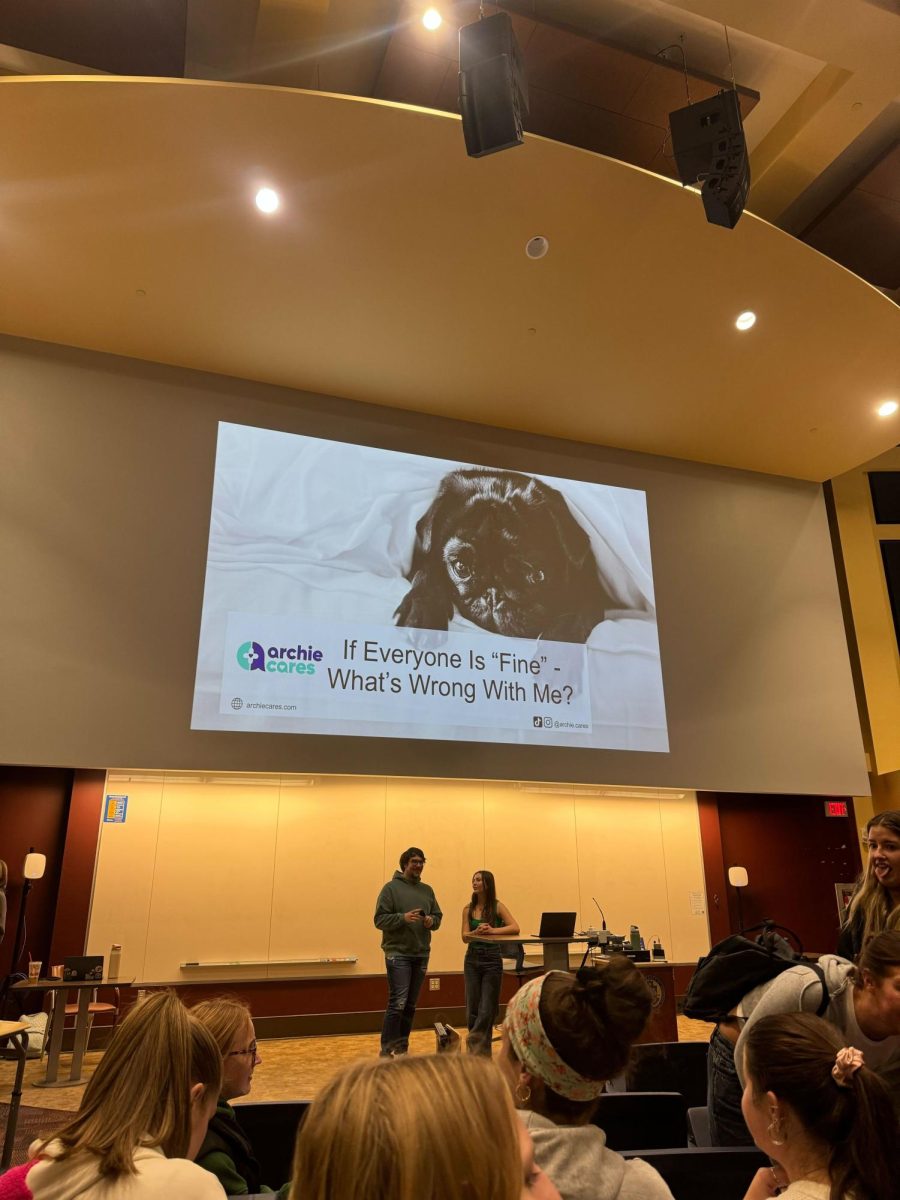Employment Guide: Petrosky: Parents should teach tolerance, not closed-mindedness
February 7, 2014
Same-sex marriage has transitioned from taboo to mainstream in recent years, and the Disney Channel is finally following suit.
Although many same-sex couples have been featured in prime-time television, Disney has made the jump to include a same-sex couple in a children’s show.
I have often sat down with my 8-year-old sister to watch a few minutes of Disney Channel, and I have grown to love the show “Good Luck Charlie” — after all, birth order allows me to identify with Charlie’s older sister, Teddy. Last week, I found out the show aired an episode featuring a lesbian couple, making Disney the first child-targeted network to feature a homosexual couple. I was delighted that Disney would take such a huge step in promoting the normalcy of homosexuality, but, after seeing the public reaction, I couldn’t stop thinking about it.
Turns out that not everyone shares in my elation.
The conservative group One Million Moms has spoken out against both the show and Disney. When Disney announced its plans for the episode last year, the group launched an email campaign against the network imploring them to drop the plans to include a lesbian couple in the show. Disney ignored the thousands of emails that poured in and, obviously, continued with production.
When Disney released its plans to portray a lesbian couple, they said the episode was being planned and “developed to be relevant to kids and families around the world and to reflect themes of diversity and inclusiveness.” So why aren’t we all following Disney’s lead?
Many of the parents speaking out against the episode are condemning Disney for approaching the topic of homosexuality with their children before they had the chance to breach the topic themselves. They are choosing to be bigoted and instill closed-mindedness in their children. But the show has actually presented parents with a prime opportunity to sit down and talk with their children about the differences between families and how to be tolerant of those differences.
The plot of the episode is simple: Charlie’s mom, Amy, tells her husband, Bob, that she’s invited Charlie’s friend Taylor and her parents over for a playdate. Amy says she talked to Taylor’s mom, Susan, to make the plans. Bob responds, saying that he was pretty sure Taylor’s mom’s name was Cheryl. Just after this exchange, the doorbell rings. Amy answers the door to reveal two women standing with Taylor. As Taylor runs inside to play with Charlie, the women are introduced as Susan and Cheryl before Amy invites them inside.
The scene was short and succinct, there was no extraneous information and it was perfectly appropriate for its target audience. Disney presented Susan and Cheryl, and Amy’s and Bob’s reactions to them, as a normal, everyday occurrence. Disney did not make a big deal out of revealing the couple.
To be honest, if I had been watching this episode with my sister, I probably would never have noticed the couple, let alone thought twice about it and then taken the extra step to speak against it on the Internet. Disney was creating an accurate depiction of American life today, not aiming to cause discord. Couples are not restricted to only one man and one woman, and it’s past the time for producers and directors to make same-sex couples more present as the “normal” in the media.
In the statement One Million Moms released last year, the group said that “[Disney Channel] is the last place a parent would expect their children to be confronted with topics that are too difficult for them to understand. Mature issues of this nature are being introduced too early and too soon, and it is extremely unnecessary.”
Referring to homosexuality as a “mature issue” places a stigma on it. Disney’s inclusion of a lesbian couple is an attempt to lessen the stigma and present homosexuality with an air of normalcy — in other words, in a way children would understand. Presenting topics such as homosexuality without drawing extra attention to them prevents young people, especially children, from being confused. And, even if a child was confused by the episode of “Good Luck Charlie,” they would surely ask questions about it.
More than 94,000 children in this country are being raised by a same-sex couple. Although that is a relatively small number compared to the amount of children in this country, it is not unrealistic to believe that today’s children will come into contact with the children of a same-sex couple, whether it is through school or extracurricular activities. Disney’s inclusion of a same-sex couple should open the dialogue between parents and their children about homosexuality by presenting the opportunity in an unaggressive and safe way.
If parents are lashing out against one 60-second scene in one episode of a multi-season TV show, instead of taking the opportunity to teach their children tolerance, then all I have to say is, “Good luck, America.”
Write to Ellie at opinions@pittnews.com.


